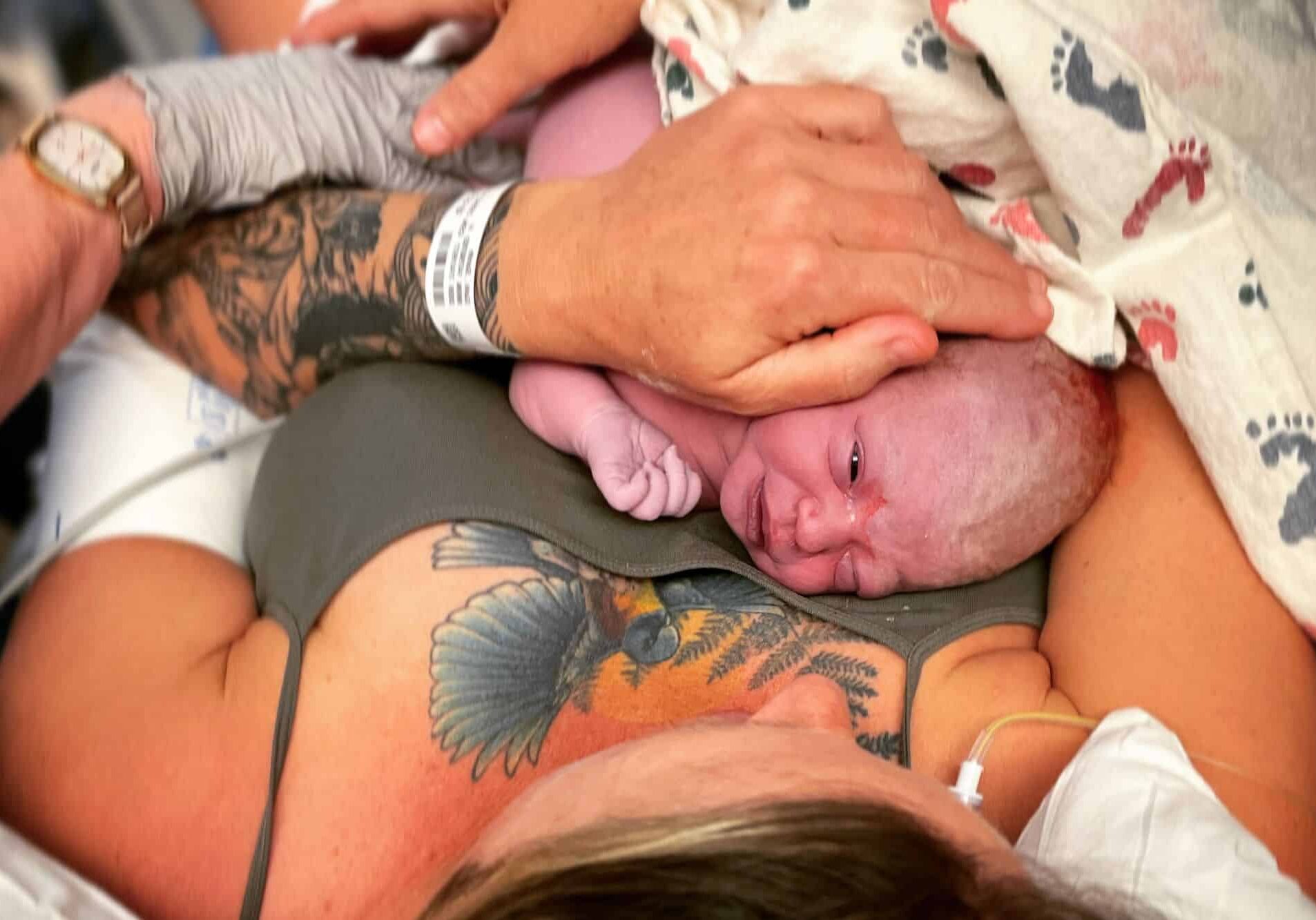The Blog:
Doula Wisdom + Tips

The Best Time to Hire a Doula in Salt Lake City—and What to Expect Along the Way
Many parents in Utah wonder, “When should I hire a Salt Lake City doula?” The short answer: as soon as you want! There’s no wrong time, but hiring earlier gives you more guidance, support, and peace of mind throughout your pregnancy, birth, and postpartum journey. Here’s what to expect when you work with a doula from Heart Tones Birth Services,…
























